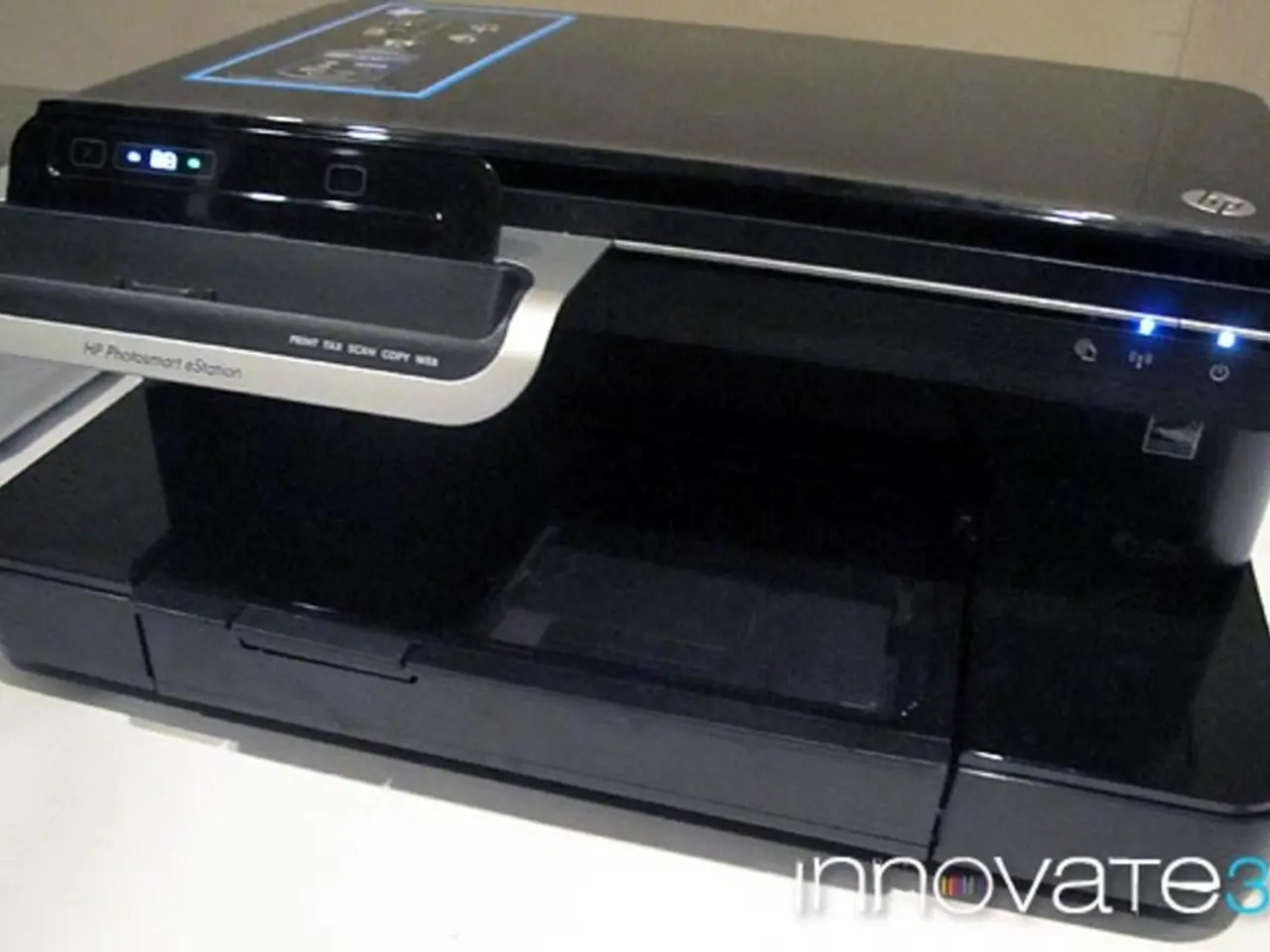3D Printing in the Open Hardware Sphere Predicted to Be No More by Josef Prusa
In a surprising turn of events, Josef Prusa, founder and CEO of Prusa Research, has announced that "open hardware desktop 3D printing is dead" as of 2025. This declaration comes in the wake of the aggressive rise of the Chinese 3D printing industry, which has been bolstered by government subsidies and a permissive patent system that allows many Chinese companies to dominate the market by filing bogus patents and undercutting prices [1][3][4].
Prusa, a long-time champion of open-source hardware in 3D printing, once proudly released fully open-source printers like his Original Prusa i3. However, he now believes that this openness ultimately hurt smaller companies like his own. Competitors could copy designs wholesale without contributing back or respecting copyleft licenses, which undermined innovation and commercial viability [1][4]. As a result, starting around 2023, Prusa Research moved away from fully open hardware designs to protect their business.
The evolution of 3D printing has led to a shift in the market, with cheaper, more advanced machines becoming available. Today, it's possible to get a machine capable of self-calibration and multi-color prints at entry-level prices, a feat that was previously only accessible to higher-end models [2][3]. These advancements have made it difficult for companies like Prusa Research to remain competitive.
While open source hardware played a crucial role in the early democratization and growth of desktop 3D printing—with community-developed components and shared innovations—today's market is dominated by closed, highly automated, and affordable machines, especially from Chinese manufacturers. This shift in customer demands favoring closed, turnkey machines has also contributed to the decline of open hardware ethos in desktop 3D printing [1][3][4].
Despite this trend, Prusa Research still offers some free printable parts, opens their firmware and slicing software (PrusaSlicer), but the hardware itself is no longer fully open source [5]. The hacking community continues to embrace open source principles, demonstrating a resilient spirit despite companies not offering their 3D printers as open source hardware.
In conclusion, Josef Prusa suggests that open source hardware in desktop 3D printing has effectively ended due to market pressures from Chinese dominance, patent issues, and shifting customer demands favoring closed, turnkey machines [1][3][4]. The 3D printing industry continues to evolve, and it will be interesting to see how it adapts to these changes in the future.
References: [1] The Verge. (2023). Why open source hardware is dying in the 3D printing industry. [online] Available at: https://www.theverge.com/2023/2/1/22915741/open-source-hardware-dying-3d-printing-industry [2] Wired. (2025). The rise and fall of open source 3D printing. [online] Available at: https://www.wired.com/2025/3/rise-fall-open-source-3d-printing/ [3] TechCrunch. (2024). Prusa Research moves away from open source hardware. [online] Available at: https://techcrunch.com/2024/5/1/prusa-research-moves-away-from-open-source-hardware/ [4] CNET. (2023). The impact of Chinese dominance on the 3D printing industry. [online] Available at: https://www.cnet.com/tech/the-impact-of-chinese-dominance-on-the-3d-printing-industry/ [5] Prusa Research. (2025). Prusa Research's new approach to hardware design. [online] Available at: https://www.prusa3d.com/blog/2025/2/1/prusa-researchs-new-approach-to-hardware-design/
- As a result of market pressures, such as Chinese dominance, patent issues, and shifting customer demands, Josef Prusa suggests that the era of open source hardware in desktop 3D printing isover.
- The 3D printing market, once characterized by open-source hardware and community-driven innovation, is now dominated by closed, highly automated, and affordable machines, predominantly from Chinese manufacturers.




